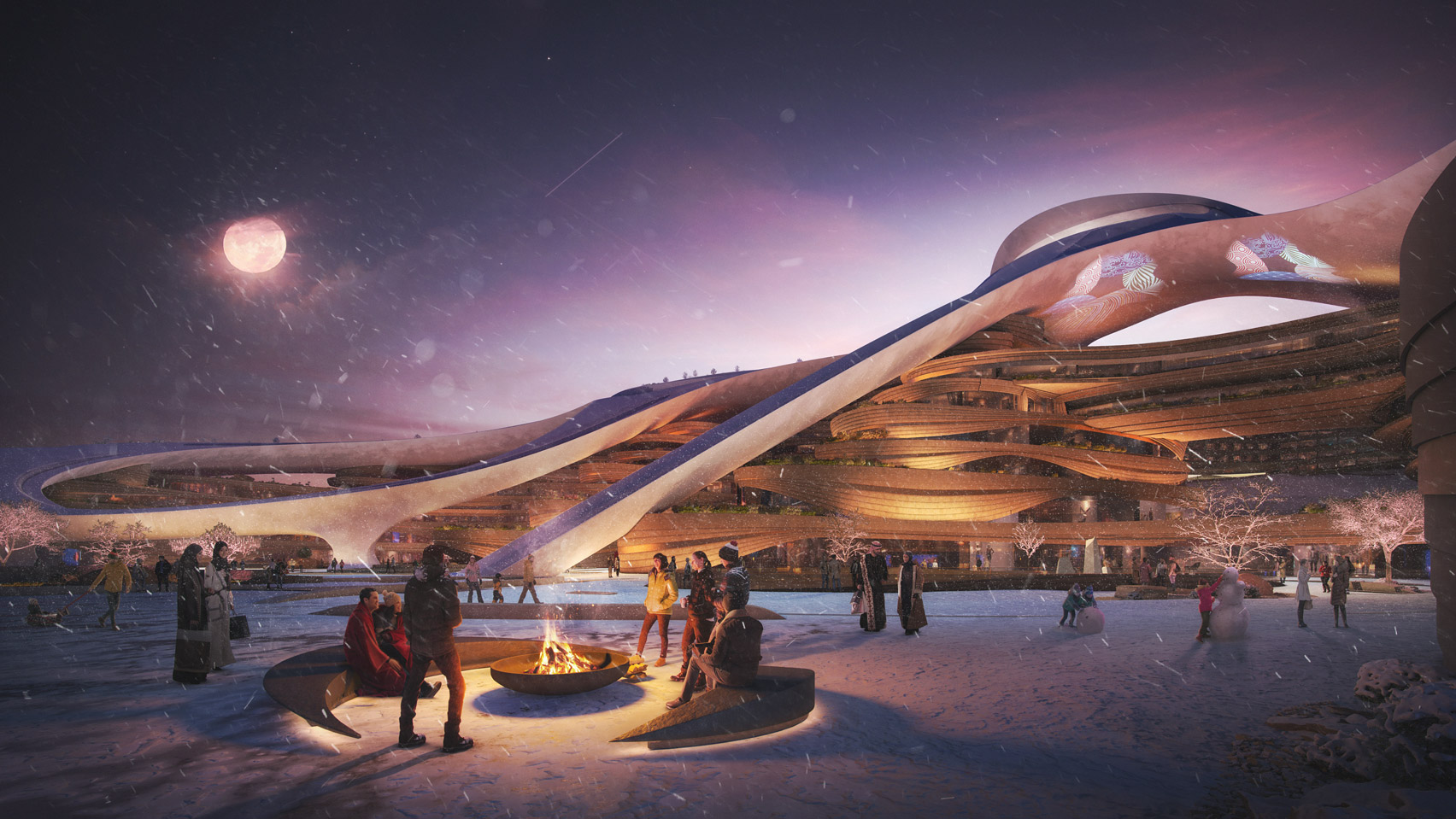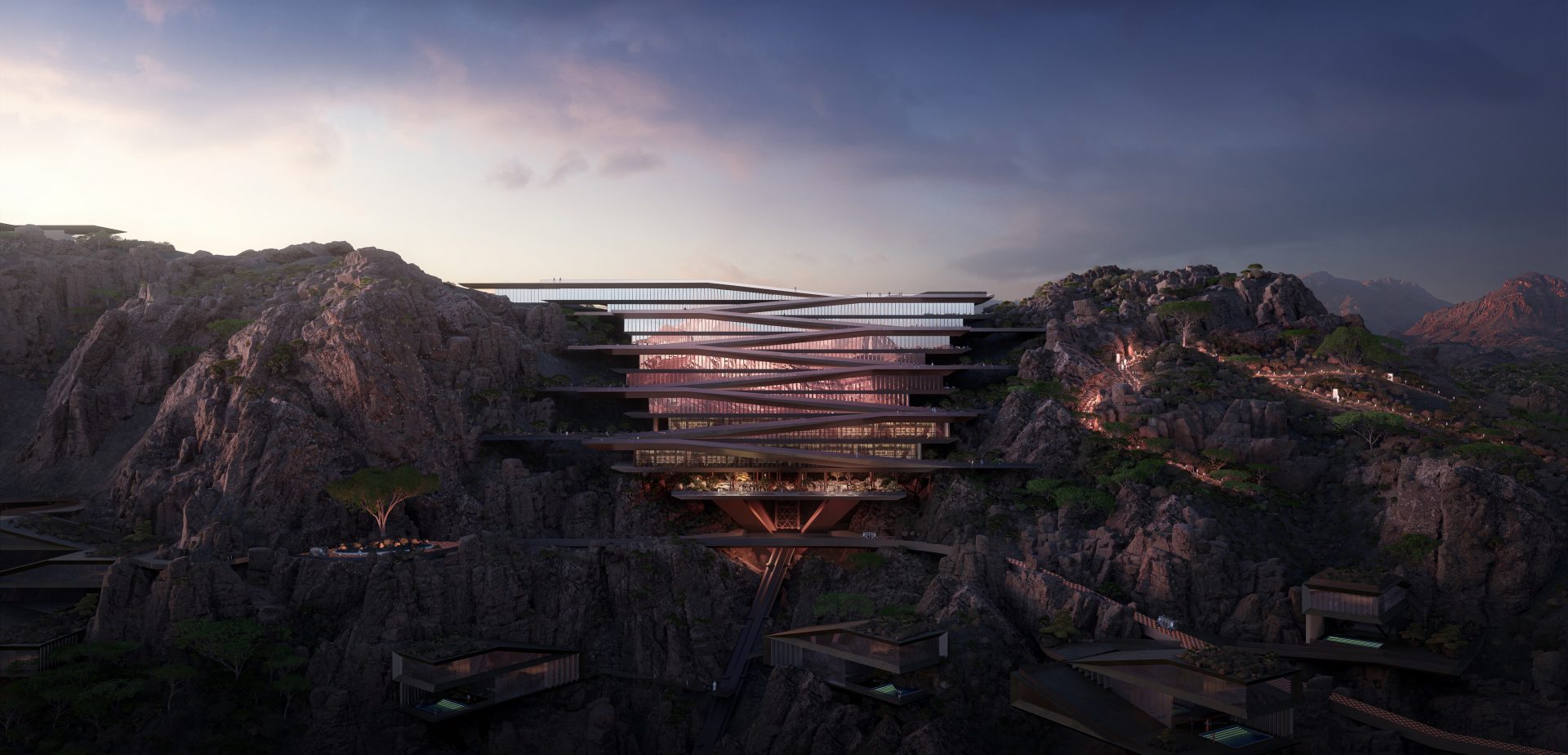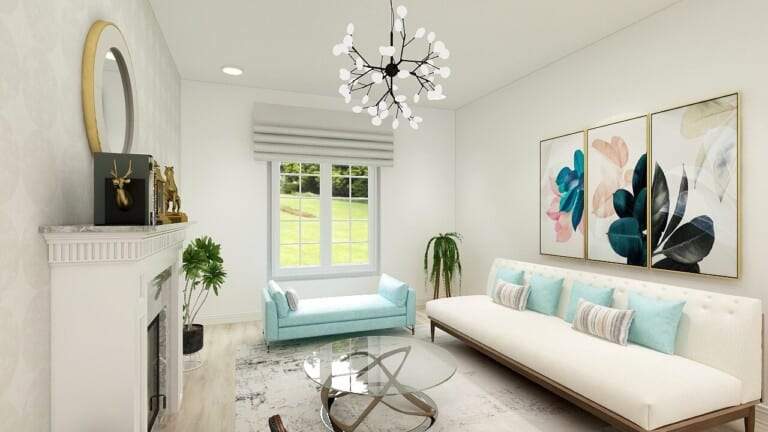Two Spectacular Mountain Destination Projects
The architectural landscape has been graced by the unveiling of two ambitious mountain destination projects, each promising a unique blend of natural beauty and modern infrastructure. These ventures stand as testaments to the ingenuity of architectural design and the allure of untouched landscapes. Let’s embark on a journey to explore these projects in-depth and compare their features and aspirations.
Project One: Oman’s New Mountain Destination on Jabal al Akhdar
Oman has embarked on a remarkable journey with its $2.4 billion mixed-use project, the new Mountain Destination on Jabal al Akhdar. Designed by AtkinsRéalis, this project aims to align with Oman Vision 2040, focusing on sustainable development and economic diversification.
Key Features:
- Sustainability: The project aims to operate as Net Zero Carbon, utilizing 100% renewable energy sources. This commitment to sustainability reflects Oman’s dedication to environmental stewardship and long-term resource management.

- Community-Centric: Masterplanned in consultation with local communities, the Mountain Destination on Jabal al Akhdar aims to provide more than just architectural marvels. It seeks to foster a sense of community ownership and pride by involving residents in the planning process and creating spaces that cater to their needs.

- Urban Innovation: With 85% pedestrianized areas and a focus on reimagining urban life, the project aims to set new standards for sustainable urban development. By prioritizing walkability and green spaces, it seeks to create a healthier and more vibrant environment for residents and visitors alike.

- Nature Preservation: Features like the Dark Sky Zone and Wadi Al Harbi Park underscore the project’s commitment to preserving the area’s natural beauty. By integrating nature conservation into its design, the project aims to minimize its environmental footprint while offering visitors a chance to reconnect with the wilderness.

Project Two: Trojena in NEOM
Trojena, located in NEOM’s nature region, promises to be an iconic destination offering a blend of natural landscapes and innovative architecture. Situated between elevations of 1,500m to 2,600m, it boasts a moderate climate and stunning panoramic views.
Key Features:
- Alpine Paradise: Trojena’s strategic location makes it an ideal destination for alpine and adventure sports enthusiasts. With 36km of planned ski slopes and a range of outdoor activities, it aims to become a haven for snow lovers from around the world.

- Extensive Facilities: From retail and dining outlets to hotel rooms and recreational amenities, Trojena offers a plethora of facilities to cater to the needs of visitors. Whether you’re looking for a cozy mountain retreat or an adrenaline-fueled adventure, you’ll find it all in Trojena.

- Economic Impact: The project’s ambitious goal of creating 10,000 jobs by 2030 highlights its potential to drive economic growth and development in the region. By attracting tourists and investment, Trojena aims to become a key contributor to NEOM’s vision of becoming a global hub for innovation and sustainability.

- Sustainable Development: Despite its scale, Trojena is committed to responsible development practices. With only 5% of the mountain region being developed, the project aims to strike a balance between economic progress and environmental conservation, ensuring that future generations can continue to enjoy the region’s natural beauty.

Comparative Analysis:
While both projects share a focus on sustainable development and community engagement, they differ in several aspects. Oman’s Mountain Destination prioritizes community integration and social value creation, aiming to create a sense of belonging among residents. In contrast, Trojena’s focus is more on tourism and economic development, aiming to attract visitors from around the world and drive growth in the region.
Trojena’s extensive facilities and emphasis on outdoor activities suggest a more commercial approach, catering to the needs of tourists and adventure seekers. On the other hand, Oman’s project focuses more on nature preservation and cultural heritage, offering a more immersive and authentic experience for visitors.
In conclusion, both projects represent ambitious endeavors to unlock the potential of mountainous regions, albeit with distinct visions and objectives. Whether it’s the rugged beauty of Jabal al Akhdar or the alpine paradise of Trojena, these projects showcase the power of architecture to shape and enhance our natural landscapes while offering unparalleled experiences for generations to come.
Finally, find out more on ArchUp:
SHoP Architects: Mercedes-Benz’ first US residential skyscraper







